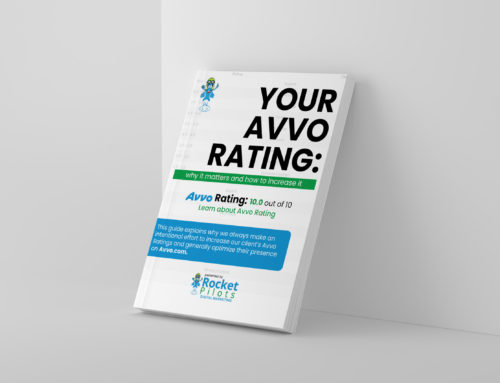If you’re like the law firms I work with, you are probably spending valuable time, resources and money to drive more traffic to your website.
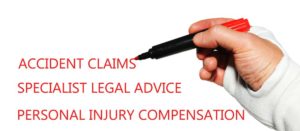
But what about the traffic that you’re already receiving? Is this traffic converting at the highest rate possible?
While it is necessary to put forth effort into building an audience and attracting new visitors, it’s not enough. As a personal injury lawyer, you shouldn’t disregard the fact that users who spend time on your website (and leave without contacting your firm) are potential clients.
SEO (Search Engine Optimization) has largely dominated online marketing for years. However, every algorithm update released by Google focuses on giving web users the best user experience when they utilize their search engine.
When users have a bad experience on your website and pogo stick back to the search engine results page, your conversion rates tank. This is why CRO (Conversion Rate Optimization) has become a popular marketing discipline.
CRO is the process of creating a best in class user experience and turning site browsers into valued clients at the highest rate possible.
It is the art and science of making visitors fall in love with how you showcase your service and content.
Typically, law firms focus too much on optimizing their homepages and fail to understand that potential clients could come from blog content or practice area pages. Let’s check out two websites of law firms below and compare their content strategies.
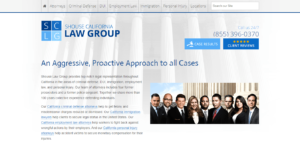
Compare this to Farar Law Group:
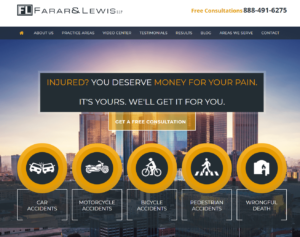
It is clear which website has a higher chance of ranking in Google. That’s right, it’s the one with the best content. ShouseLaw.com constantly ranks for the right keywords. Why? Because they focus on publishing highly relevant and valuable content consistently. Their content strategy is clearly paying off.
All of their content is not accessible through the main menu navigation. Mainly because this would create a clunky user experience. But if you spend a little time reading their site, you will see that it is loaded with links to other content assets. These pages rank on Google and send thousands of monthly visitors.
Having the right content marketing and conversion rate optimization strategy is key to driving in more quality cases.
In this article, we’ll be discussing three CRO techniques you can implement on your website to generate better leads and ramp up your caseload.
Ready? Here you go!
1. Gather Data and Segment Your Visitors

Client data is no less than a goldmine for you. Once a user visits your website through an article or an ad, you should immediately give them the red-carpet treatment and gather as much data as you can.
Any piece of information that indicates how your clients are interacting with your service is a valuable data point.
Segmenting your visitors based on data gathered is much more than building charts and funnels. It allows you to:
-
- Send personalized emails
-
- Run A/B tests
- Target a certain audience segment
The idea with segmenting is to identify what key factors set one segment of your clients apart from others. As I’m sure you already know, not all your clients are equal. Some may be ready to hire a lawyer (bottom of the funnel) while others may be doing research (top of the funnel).
Leverage Google Analytics
Google Analytics helps you determine how many people are dropping off at each step of your funnel and where the improvements can be made to make sure users find the information they’re looking for.
You will first need to set up conversion goals and funnels in Google Analytics. Here’ an example of what it will look like:
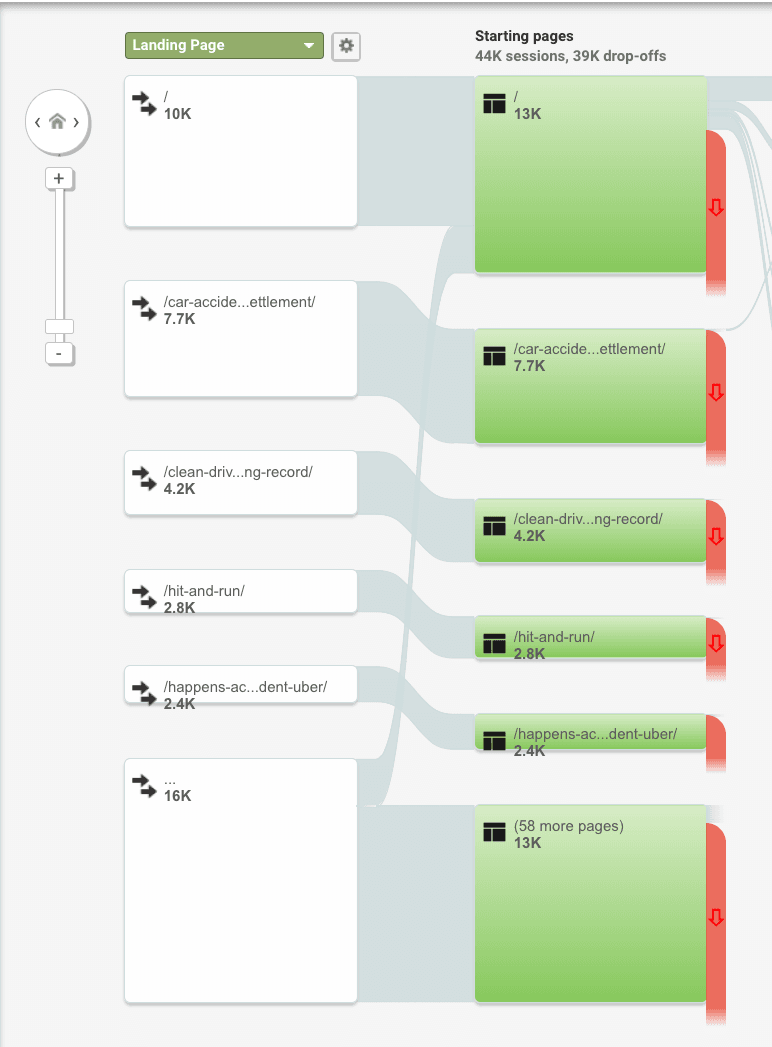
You just need to keep track of drop-offs from each funnel. The goal is to understand your baseline metrics and make incremental improvements.
You can also use Analytics to segment users on the basis of demographics, keywords or various personas in order to retarget certain segments of your audience.
For instance, if you notice your website is getting a lot of motorcycle accident victims looking for personal injury lawyers, you can customize a set of ads to serve specifically to individuals who visited the motorcycle accident page.
Psychographics goes a bit further- it is “the study of personality, attitudes, values, interests, opinions, and lifestyles.”
Hubspot’s Maggie Hibma says, “Demographics show ‘who’ your buyer is, while psychographics shows ‘why’ they buy.”
As per Hibma, psychographic data can be collected in the following ways:
- Surveys
- Focus groups
- Marketing data analysis
- Social media
- Sales and support teams
Survey your past clients
One of the main reasons why people are bouncing off your website could be because they don’t like what’s written. If they don’t resonate with the copy, don’t expect them to stay even a second longer.
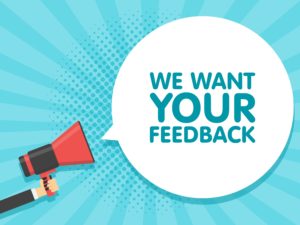
Use this opportunity to survey your clients and optimize your marketing copy to address their pain points. You can use tools like Qualaroo to survey your website visitors and SurveyMonkey to survey audiences from your email list.
Do not make the survey comprehensive. There’s a good chance people won’t be interested in taking a survey where they have to answer 20 questions. Keep it short and to the point. It’d be great if you can accommodate some sort of incentive for taking the survey.
For example, you could have a raffle of all the survey participants and choose a random winner. The prize? A free Amazon gift card, perhaps? Talk with the staff and get creative!
Tap into Social Media

Post the survey on all your social media channels for your followers to participate. Identify which social media your clients use the most and start interacting with them. Look out for brand mentions and answer questions your customers may have.
Is it Facebook they love? Consider streaming a Webinar with Facebook Live.
Use Live Chat
In this internet age, people expect businesses to be open 24/7 and want a personalized experience. Live chats are a great way to tap users who are on the run and have little time to go through your website.
Live chat is a great fit for personal injury law firms.
According to a study, nearly 50% of people surveyed would message a brand via chat instead of emailing.
Live chat also helps your clients research your services and make a decision.
There are dozens of legal site chat products that range in quality and price range. Some provide a remote agent while others provide the software and require you to assign a resource as the chat agent.
2. Focus on Enhancing User Experience
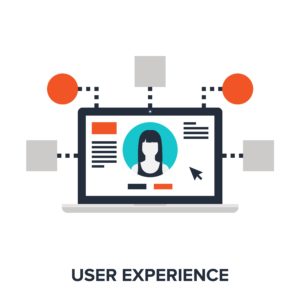
Good website architecture is a must for higher conversion rates. According to a report by KoMarketing, nearly half of their survey respondents reported using the navigation menu to acquaint themselves with the new website.
Navigation plays an important role in the on-site experience. It can have a huge impact on conversions, new clients, and bounce rates. Make sure the users know where they are at all times. If they can’t figure out where to go after accessing a landing page, they’ll just leave and visit a competitor’s site.
The structure of your website navigation should allow someone to land on any page on your site and be able to navigate to other pages without hassle.
There is a clear connection between website navigation and user experience. User experience is the way a visitor perceives your website’s usability and aesthetics. Website navigation, on the other hand, allows visitors to flow from one page to another easily.
If you can achieve success in both departments, visitors will likely leave your website with the intention to return or might even contact you immediately.
Here are some factors that you should focus on in order to enhance your site’s user experience.
Headlines
The only thing that will compel your visitors to read what you have to say is if you have a convincing headline. You first need to grab their attention.
When you’re coming up with a headline, remind yourself that you only have a few seconds to engage the visitor and persuade them to keep reading.
By making headlines more clear, Movexa, a supplement company, was able to boost their conversions by 90%. So it’s a factor that you shouldn’t ignore. Not sure if your headline is good enough? Try this headline test.
Page Load Time
A page’s loading time is the time it takes for it to fully appear on the screen. A slow loading page will not only impact rankings but also infuriate site visitors.
In fact, a study conducted by Google found that 53% of mobile visitors will leave if a web page takes more than three seconds to load. Google always prioritizes faster sites over slower ones.
It shouldn’t be a surprise that sluggish page speeds cause a rise in bounce rates and downgrade the user experience.
According to metrics by Search Engine Journal, a single-second delay in load time will reduce sales by 7%. Radware discovered that a two-second increase in load time doubled conversions.
So how do you really improve page load time? Here are some common items that need to be addressed:
-
- Enable browser caching
-
- Minimize redirects
-
- Optimize images
-
- Defer parsing of JavaScript
- Review server
Google offers a free service where you can check the page speed of the website. It will give you suggestions on improving load time on Mobile and Desktop.
Form Design and Length
Ditch all the unnecessary fields from your form. Use no more than 5 fields and have only 3 mandatory fields. Asking visitors to fill out a super long form will surely reduce the conversion rate of your website.
As with all the law firms, you must have a contact form as visible as possible, preferably on each page and often above the fold.
Call to Actions
Call to Actions are just short sentences but they have a huge impact. In fact, emails with a powerful call to action get 371% more clicks compared to those without.
All your marketing efforts will go to waste if there is no clear call to action at the end. Your CTA should be a combination of persuasive copy and beautiful design.
Effective CTAs need to:
-
- Be compelling
-
- Have a clear benefit for the user
- Drive action
Pro tip: Ask your friends and colleagues to use your website and just watch. Notice what they’re doing and how they are navigating the website. And above all, if they’re able to achieve the goal of reaching a certain page.
3. Consistently Publish Client-Centric Content
Many law firms are still stuck with the idea of having a blog just for the sake of having a blog. The content they post once or twice a week doesn’t usually provide any value to the readers and often addresses firm updates.
Content marketing is all about quality and addressing the reader’s pain points. Which is why this strategy doesn’t work anymore. You must think about creating client-centric content that is relevant to the reader’s current circumstances.
For Personal Injury Firms, many of the readers are accident victims worried about income, lost wages, recovering from serious injuries, property damage, and their potential compensation.
Comprehensively address these topics and objectively think about what questions they would have. Reflect on previous conversations and concerns expressed from past clients in your office. Client meetings are most likely loaded with golden content opportunities for your blog.
Began to document these common pain points and use them to contribute to your editorial calendar. Over time, your blog will be a library of highly valuable content to victims of negligence. Your experienced and authoritative tone will help turn site browsers into new cases.
Conclusion
Your local market is likely saturated with competing firms. Selecting one is not an easy task for prospective clients. It’s highly likely that they will review several PI firms before selecting one. Improving the CRO of your website is a move in the right direction that will only help your firm get better leads and more high-quality cases.
If you can provide an outstanding user experience you’ll convert traffic at a higher percentage which will conclude in an increase in cases, and ultimately revenue.
What is your firm currently working on in order to improve Conversion Rates? Leave a comment outlining your current initiatives. I love to hear from Law Firms and their marketing teams.
Of course, if you are interested in professional consulting, don’t hesitate to contact me directly. Hope to hear from you soon!





